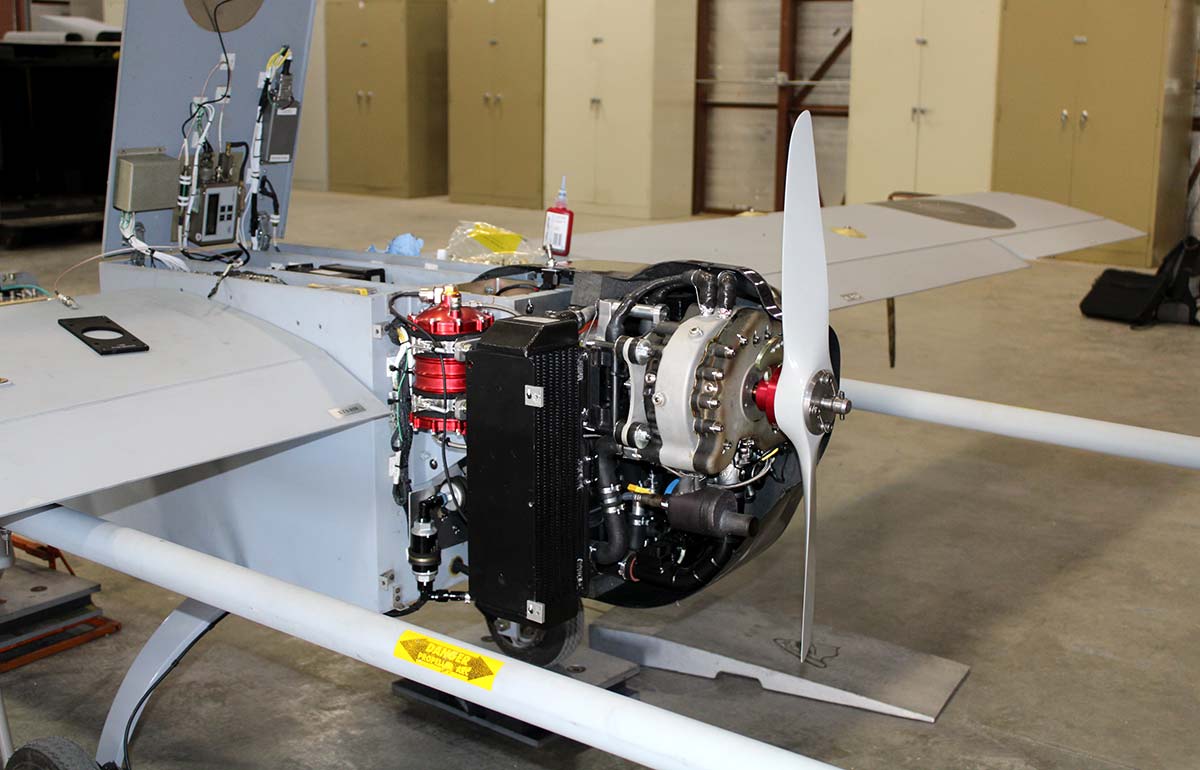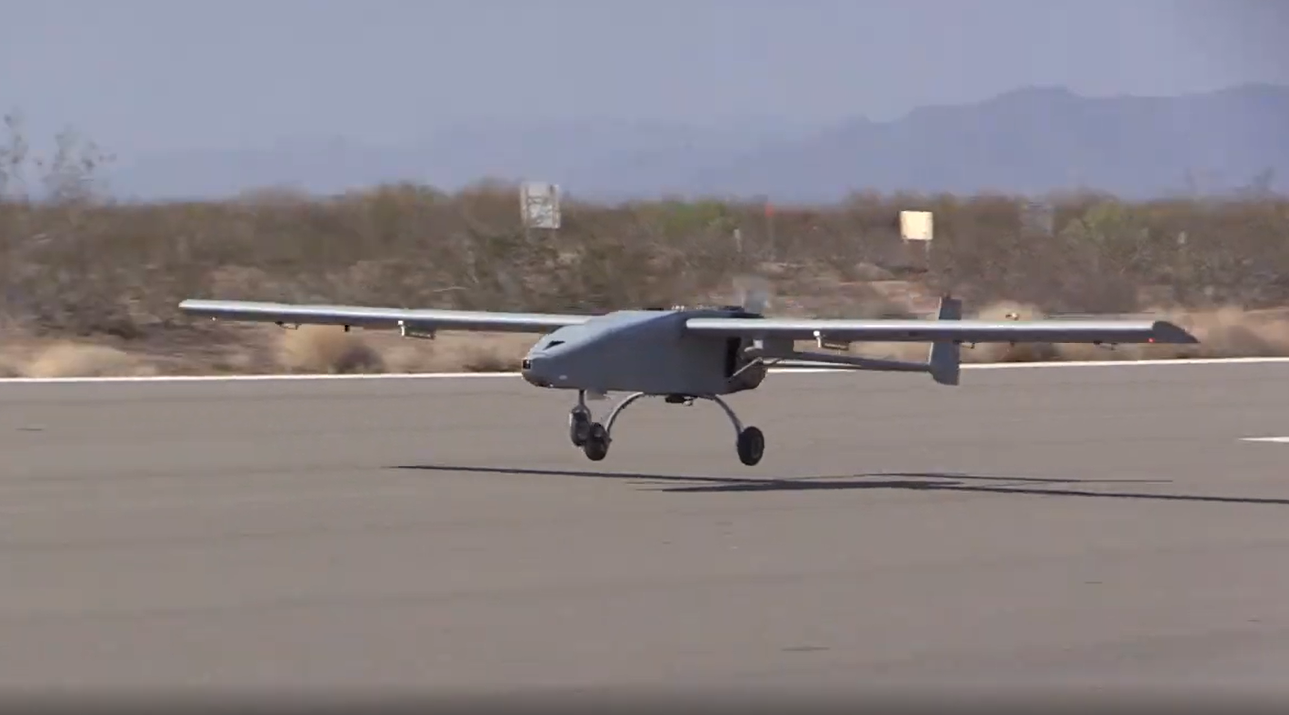Harnessing the Advantages of Wankel Rotary Engines in Uncrewed Aerial Vehicles (UAVs)
Uncrewed Aerial Vehicles (UAVs) have revolutionised numerous industries, from aerial photography and surveillance to delivery services, agriculture, defence and naval sectors. These uncrewed aircraft rely on efficient and reliable propulsion systems to achieve optimal performance. The Wankel rotary engine is one compelling choice that has gained popularity in the UAV industry. With its unique design and outstanding features, the Wankel rotary engine offers many advantages, making it an excellent choice for powering Uncrewed Aerial Vehicles.

The following advantages contribute to the enhanced performance, reliability, and adaptability, positioning the rotary engine as a leading propulsion solution for UAV applications.
Power-to-Weight Ratio:
One of the primary advantages of the Wankel rotary engine is its exceptional power-to-weight ratio. The engine’s design allows for a high power output relative to weight. This advantage is crucial for Uncrewed Aerial Vehicles, enabling them to carry larger payloads, extend flight durations, and achieve better overall performance allowing for a broader range of mission profiles.
Compact Size:
Another key advantage of the Wankel rotary engine is its compact size. The engine’s unique rotary design eliminates the need for complex components in traditional piston engines, such as connecting rods and valves. This reduction in parts simplifies the engine’s construction and results in a smaller overall size. The compact size of the Wankel rotary engine allows for easy integration into UAV platforms, making it an ideal choice for Uncrewed Aerial Vehicles. This advantage translates into enhanced manoeuvrability, enabling UAVs to navigate tight spaces and operate in confined areas with greater agility.
Smooth Operation:
The smooth operation of the Wankel rotary engine is another significant advantage. Unlike piston engines with their reciprocating motion, the Wankel engine’s rotary design provides a continuous rotational output. This inherent balance and symmetry reduce vibration, resulting in smoother operation. The smooth running characteristics of the Wankel engine contribute to improved flight stability. They also reduce wear and tear on the aircraft’s components. This enhances the overall reliability and longevity of the aircraft. With the smoother operation, Uncrewed Aerial Vehicles (UAVs) can perform tasks requiring precision and stability, such as aerial mapping, surveying, and inspections, with greater accuracy.
Reduced Maintenance:
Wankel rotary engines offer a reduced maintenance requirement compared to traditional piston engines. With fewer moving parts, there is a decreased risk of mechanical failure. This advantage translates into less frequent maintenance intervals and lower associated costs. The simplified design of the Wankel rotary engine allows for easier access to critical components, facilitating routine inspections and servicing. Additionally, the absence of complex valvetrains reduces the need for valve adjustments or replacements. This reduction in maintenance needs improves operational efficiency minimising downtime for Uncrewed Aerial Vehicles (UAVs). It ensures they can perform their intended missions more effectively and with reduced operating costs.
Versatile Fuel Options:
Wankel rotary engines offer versatility in fuel options, accommodating both gasoline and heavy fuels. Gasoline-powered Wankel engines often utilise regular unleaded gasoline or AVGAS. In contrast, heavy fuel-powered engines can operate with JP-5, JP-8, or Jet A1 grade fuels. This flexibility allows UAV operators to choose the most suitable fuel based on availability, cost, and specific mission requirements. The ability to operate on a wide range of fuels makes Wankel engines adaptable to different geographic regions and operational environments.

Conclusion:
The advantages of using Wankel rotary engines in Uncrewed Aerial Vehicles (UAVs) are substantial and have contributed to their growing popularity in the industry. Wankel engines have an exceptional power-to-weight ratio and compact size. Their smooth operation and reduced maintenance requirements are notable features. These engines offer versatile fuel options. Therefore, they provide Uncrewed Aerial Vehicles (UAVs) optimal performance ensuring reliability and adaptability balance for UAVs. As the demand for UAV technology continues to expand, the Wankel rotary engine stands as a reliable and efficient propulsion solution, empowering UAVs to achieve new heights and accomplish a wide range of applications with remarkable precision and efficiency. With their impressive capabilities, Wankel rotary engines are set to shape the future of UAV propulsion and pave the way for innovative advancements in uncrewed aerial systems.



